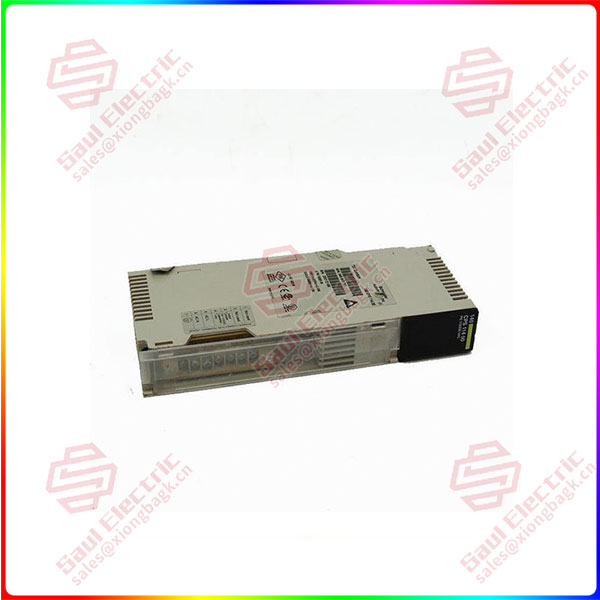1. Universal controller
The first type is universal Controller, which comes from industrial equipment brain master, such as Programmable Logic Controller (PLC), MicroController Unit (MCU), etc. There are many Control and Data Acquisition systems in the field of industrial automation, such as Distributed Control System (DCS) and Supervisory Control and Data Acquisition system (DCS). SCADA), they can be used as access devices while assuming their own functions.
General purpose controllers usually integrate digital input/output I/O units, network communication units, and optional functions for specific applications, such as analog input units, analog output units, counter units, motion control units, etc., connected through serial ports or Ethernet physical interfaces. Then the data acquisition protocol is analyzed based on fieldbus, industrial Ethernet or standard Ethernet, as shown in Figure 3-3.
▲ Figure 3-3 Universal controller
General purpose controllers are used in various automation equipment such as

140CPS11400
er cutting machines, robots (such as robotic arms and mobile robots), communication management machines of SCADA systems, some automation equipment has a special controller, using different hardware architectures such as PowerPC, ARM Cortex, etc. The equipment access based on the universal controller completes the data collection of automation equipment and process.
2. Dedicated data acquisition module
The second type is the dedicated data acquisition module, which collects the physical signal of the field object. After the sensor converts the physical signal into an electrical signal, the dedicated data acquisition module converts the electrical signal into A readable digital quantity through the A/D analog-to-digital converter of the analog circuit or the digital circuit.
For example, wind turbines use force sensors to realize real-time online monitoring of the stress state of the fan concrete, providing a basis for the evaluation of the bearing capacity of the fan concrete foundation. At the same time, acceleration sensors are used to collect vibration signals. In the operation process of the wind power generation system, real-time online monitoring of vibration conditions and sending detection information can effectively control the fan operation status according to the detection information. Avoid structural failures due to resonance and provide safety warnings for vibrations that exceed amplitude thresholds.
The force sensor and acceleration sensor are fixed on the fan, and the output end of the sensor is connected to the input end of the dedicated data acquisition module. The dedicated data acquisition module uploates the data to the local or remote server through the network for further data analysis and visualization.
The form of special data acquisition module may be data acquisition board, embedded data acquisition system, etc. For automation equipment or robots, if some of the data of concern is missing and cannot be directly obtained from its universal controller, it is common to install sensors and cooperate with dedicated data acquisition modules to complete more dimensions of data acquisition.
3. Smart products and terminals
The third category is smart products and terminals, emphasizing remote wireless access and mobile attributes. For example, data is reported over the carrier’s 4G/5G cellular network, indoor short-range communication such as Wi-Fi, or low-power wide-area network wireless connection. Various indicators of smart products and terminals can be collected wirelessly, such as power, signal strength, power consumption, positioning, embedded sensor data, etc.
Most smart products and terminals directly integrate wireless communication capabilities at the time of product definition, and mobile phones and wearable devices are typical examples. At present, smart products are more and more abundant, in the era of the Internet of everything, the default remote access ability, the use of smart products in the process of various operating indicators monitoring, analysis of the collected data, can guide the R & D team to better improve the product.
For example, automation equipment with mobile properties, such as AGV robots in the indoor Wi-Fi ad-hoc cluster, to achieve communication between AGVs, turf harvester remote monitoring and control when working outdoors. Some product terminals do not have remote access capabilities themselves, and can achieve the same effect indirectly through a Data Transfer Unit (DTU) or industrial gateway.
The definition of data is very broad, it may come from the key indicators of the operation of the universal controller, or a physical quantity collected by the sensor, or simply a identification information, such as the tag ID defined in the EPC data area of the RFID tag, the unique MAC address carried in the broadcast message, etc. The communication parties may exchange only simple identity information with each other, completing a single confirmation without the need for additional information, although the communication parties have the ability to carry additional information.
 1 Year Warranty
1 Year Warranty




